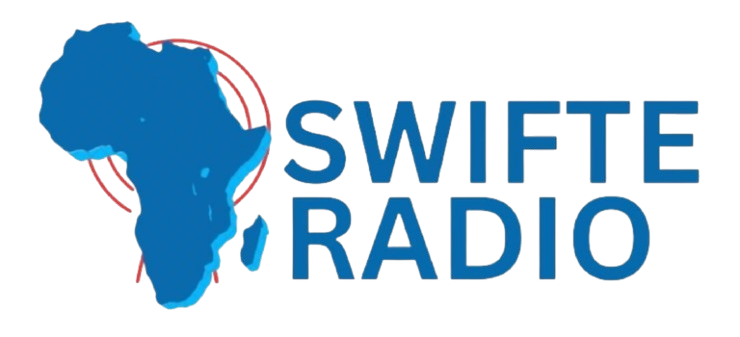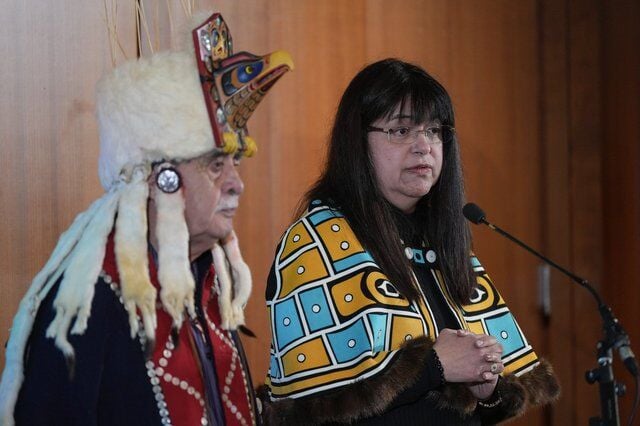In a powerful display of cultural pride, unity, and political autonomy, the Heiltsuk Nation has formally enacted its written constitution during a ceremonial ratification feast held in Bella Bella, British Columbia. The historic event marks a transformative moment in the self-governance journey of the coastal Indigenous community, which has long championed Indigenous rights, sovereignty, and cultural revitalization.
The constitution, which was passed through community consensus earlier this year, officially came into force during the traditional feast—an event that brought together community members, elders, leaders, and guests to witness and celebrate a defining milestone in the Heiltsuk Nation’s modern history.
A Constitution Rooted in Tradition and Law
The Heiltsuk written constitution blends ancestral governance systems with modern legal frameworks, emphasizing community accountability, sustainability, and the inherent rights of the Heiltsuk people to govern their own affairs. It enshrines values passed down through generations, while establishing a clear political and legal structure for the Nation’s present and future.
Chief Councillor Marilyn Slett, who has played a leading role in the constitutional process, described the moment as “a profound declaration of our Nation’s sovereignty and our responsibility to future generations.”
“Our constitution is more than a legal document,” she said. “It is a living reflection of who we are as Heiltsuk people—rooted in our traditions, informed by our experiences, and driven by our vision for self-determination.”
Ratification Feast: A Cultural and Political Statement
The ratification feast—held in accordance with Heiltsuk customs—symbolized more than the adoption of a legal framework. It was a reaffirmation of Heiltsuk identity, culture, and collective strength. Drumming, singing, storytelling, and speeches from elders and leaders framed the constitutional moment within the broader context of Indigenous resilience and resurgence.
Guests included representatives from neighboring First Nations, legal scholars, provincial officials, and members of civil society, many of whom praised the Heiltsuk model as a potential template for Indigenous self-governance in Canada and beyond.
A Model for Indigenous Self-Governance in Canada
The Heiltsuk constitution is among a growing number of governance frameworks being developed and ratified by Indigenous Nations across Canada as part of a broader movement toward decolonization and nationhood. Legal experts highlight the Heiltsuk approach for its integration of oral traditions, environmental stewardship, and democratic principles.
“This constitution is a bold and thoughtful expression of Indigenous sovereignty,” said Professor Lisa Jameson, a scholar in Indigenous law. “It reinforces the message that self-determination is not just a right—it is a living reality.”
Looking Ahead: Governance, Rights, and Reconciliation
With the constitution now in force, the Heiltsuk Nation will begin implementing its provisions across governance, justice, resource management, and community services. It also strengthens the Nation’s position in ongoing legal and political negotiations with federal and provincial governments regarding land rights, co-governance of natural resources, and reconciliation.
The ratification feast not only honored Heiltsuk traditions but also symbolized a powerful future built on Indigenous law, identity, and self-rule
Swifteradio.com


